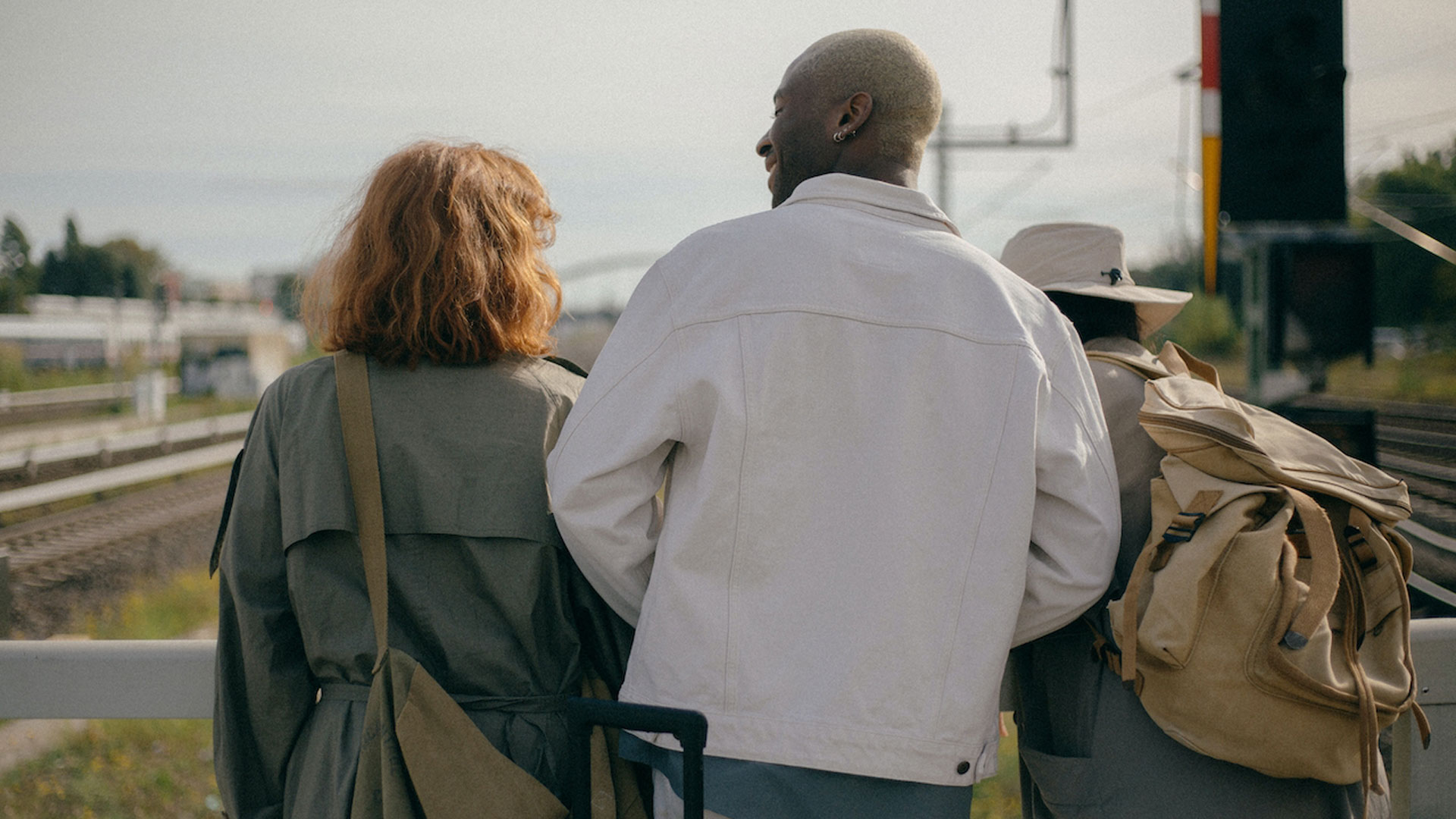
When Molly’s dream of owning a dog became a reality, it was far from what she expected. Separation anxiety and reactivity made for a difficult first few weeks. But she soon discovered there was a lot to learn from her little Havanese — and her life would change because of it.
I’ve always known I’d be a dog owner. I’ve loved dogs my whole life, and my parents bringing home the perfect dog for our family when I was in high school made me feel like I was ready to be an expert dog owner. My husband’s the same — for us, getting a dog was always a question of “when,” never “if.”
So you can imagine our excitement when after years of having a Petfinder email alert, and a few almost adoptions, we found her: our perfect dog. A tiny, two-year-old Havanese a few towns over who needed a new home. It couldn’t get better than that.
Then we brought her home.
Those first few weeks were rough. I’d helped my parents train their puppy years ago, but I had no idea what I was in for with a dog who was set in her ways and had her whole world turned upside down. She had accidents. She barked and nipped at other dogs. She panicked when we tried to crate train her. She cried. I cried. And I thought more than once about taking her back.
Then, slowly, I got to know her—and she changed the way I see the world.
First, we gave her a name: Bailey. Then, we got her a trainer. We soon learned that we were dealing with two separate, but related, issues: separation anxiety and reactivity. The separation anxiety is just as it sounds: she experiences high levels of distress when she’s left alone. A reactive dog is one who reacts strongly to something going on around them. In Bailey’s case, she reacts to other dogs — lunging at them and barking incessantly.
Both issues stem from impulse control and poor boundaries. She worried about us, because we hadn’t proven to her that we are capable of taking care of ourselves. She lunged at other dogs because she wanted to say hi to them so bad, and being on a leash filled her tiny nine-pound body with so much rage. And most of all, she had a short fuse and the frustration tolerance of a toddler.
Training has been a long process, and not a linear one. We’ve had to fully transform the way we relate to Bailey. We communicate through demeanor, not commands. That means that before we can ask her to be calm, we need to be calm and confident. If we want her to be patient, we need to take deep breaths, re-center ourselves, and show patience ourselves.
There have been incredibly rewarding moments along the way. The day that she locked eyes with me and asked permission before greeting another on-leash dog, it felt like my heart exploded. I never thought something so simple would make me want to cry.
More than my relationship with her, a year of owning this dog has changed how I relate to other people. I am attuned to other people’s emotional states. I take deep breaths and make sure I’m in a good place emotionally before I have difficult conversations.
It’s changed how my husband and I relate to one another, too. Sometimes we joke about it, but in all honesty, we take a moment to hear — and sense — how the other is doing, and we take those moments of patience with one another. Just like we showed Bailey she can trust us, we’re reminding each other of the same.
Our trainer likes to remind us that dogs are socially brilliant, more so than humans. The reality is that the process of training Bailey has mainly been one of training ourselves. We’re opening ourselves up to vulnerability, putting ourselves in scary situations and laying it all out there. It’s frustrating, it’s messy, it’s awkward — and it’s the most beautiful process I’ve ever been part of.

























